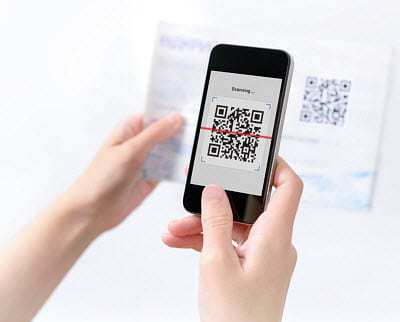The Korea Customs Service has announced the start of a new quick response code program.
A new announcement from the Korea Customs Service has revealed that the company is using QR code scans. This technique is applied to South Korean products cleared for export through e-commerce sale. This strategy is being implemented in order to help boost the credibility of the goods.
The QR codes are also being used in order to help reduce the export of knockoff products.
QR code scans will make it possible to more accurately track and verify shipments. The Korea Customs Service announced that it will start providing QR codes to logistics companies. The barcodes will be offered through their computer network. The barcodes arrive earlier in the shipment day so they can be printed by the logistics companies. This gives them enough time to add them to their commercial invoices and adhere them to their packages.
The foreign buyers can then use QR code scans to authenticate the shipment.
 The quick response codes provide the foreign buyers with a way to scan using a readily available tool – a smartphone. Following the scan, they enter authentication numbers. The procedure provides access to the shipment history. It allows the buyers to confirm that the goods were exported via normal procedures.
The quick response codes provide the foreign buyers with a way to scan using a readily available tool – a smartphone. Following the scan, they enter authentication numbers. The procedure provides access to the shipment history. It allows the buyers to confirm that the goods were exported via normal procedures.
At the moment, there are six different South Korean companies that are using the export QR codes. These companies include the largest seller of dairy products in the country, Maeil Dairies Industry Co., as well as the top cosmetics maker in the nation, AmorePacific Co.
This new strategy has been implemented in response to the widespread problem with knockoff products. The top South Korean products are being cheaply copied and are making their way into online shopping malls from China.
According to a statement from a Korea Customs Service official, the QR code scans “could boost the credibility of South Korean products among foreign consumers, which in turn could lead to export growth of local companies.” Companies in South Korea exported $685 million worth of goods to consumers in China via electronic and mobile commerce in the first half of 2016. That represents a massive growth of 120 percent over the same time in 2015.
